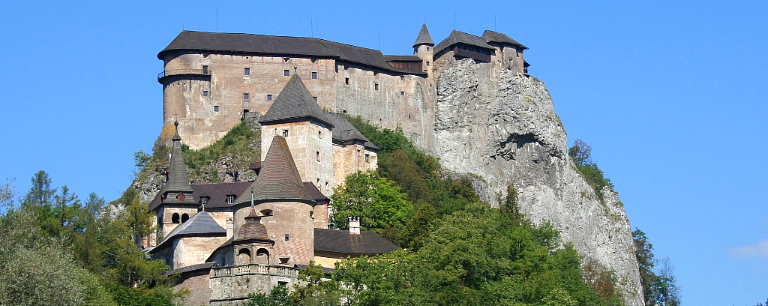
Orava – north region of Slovakia has a lot to offer
Castles and Mansions29. July 2019
Orava is situated in the northwestern part of Slovakia. It is our northernmost and coldest region with picturesque nature, fresh air, amazing natural beauties, but also many historical rarities and monuments.
Region is divided into three districts: Dolný Kubín, Námestovo and Tvrdošín. The region is one of the most attractive Slovak tourist areas.
Orava lies on the northernmost point of our country: Babia hora (village Oravská Polhora) on the state border with Poland. Mala Fatra, Choc Mountains and Rohace are a paradise for tourism. The artificial reservoirs are represented by the Orava Dam and the Tvrdošín Reservoir. Natural lakes are Roháčske tarn.
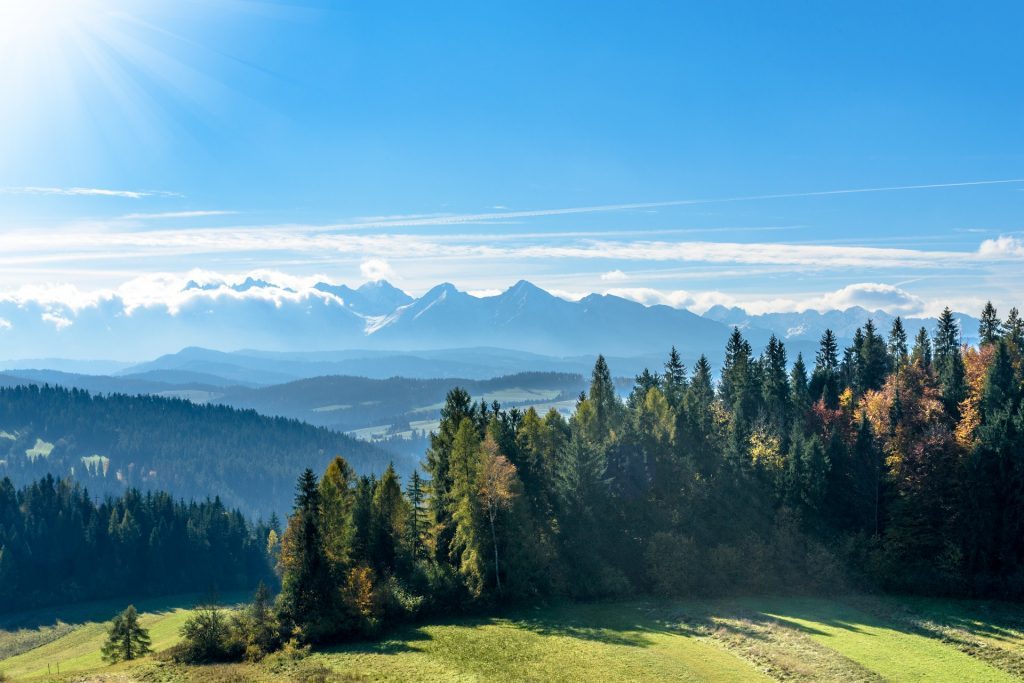
Orava dam
It is one of the largest and best known water reservoirs in Slovakia. Dam in summer offers many water sports and attractions (yachting, windsurfing, rowing, water bikes, motor boat rides), but is also suitable for swimming during hot summer days.
Cruises on the Orava dam
While visiting dam, you should not miss a cruise on a cruise ship that offers beautiful views of the Western Tatras and Babia Mountain. In the middle of the dam is an island with the Museum of Folk Sculpture, which offers a tour of the works of painters, stonemasons and woodcarvers from the past.
The trip on the Dam takes approximately 90 minutes and the stay on the Slanice Island takes about 30 minutes. On the boat you can order in advance folk music or delicious food.
Slanice Island of Art at Orava Dam
Slanice Island of Art is a permanent exhibition of traditional folk art, located in the middle of the dam. The island is one of the most visited monuments of Orava.
The landmark of the island is the Church of the Elevation. Cross and tomb. In the church, visitors can see the exhibition of Traditional Folk Sculpture and Painting. In the former tomb there is an exposition of the history of flooded villages and the construction of the dam.
The island is accessible by sightseeing boats. Cruise ship on the dam runs from May to October.
Orava Castle
Orava Castle is an attractive exposition of the Orava Museum and enjoys the highest number of visitors from all historical monuments of this region, it is visited by almost 200 000 tourists every year. It rises on a steep parallel bar at an altitude of 112 m above the river Orava.
The castle consists of several buildings following the shape of the castle rock. Orava Castle gained its present appearance in 1611.
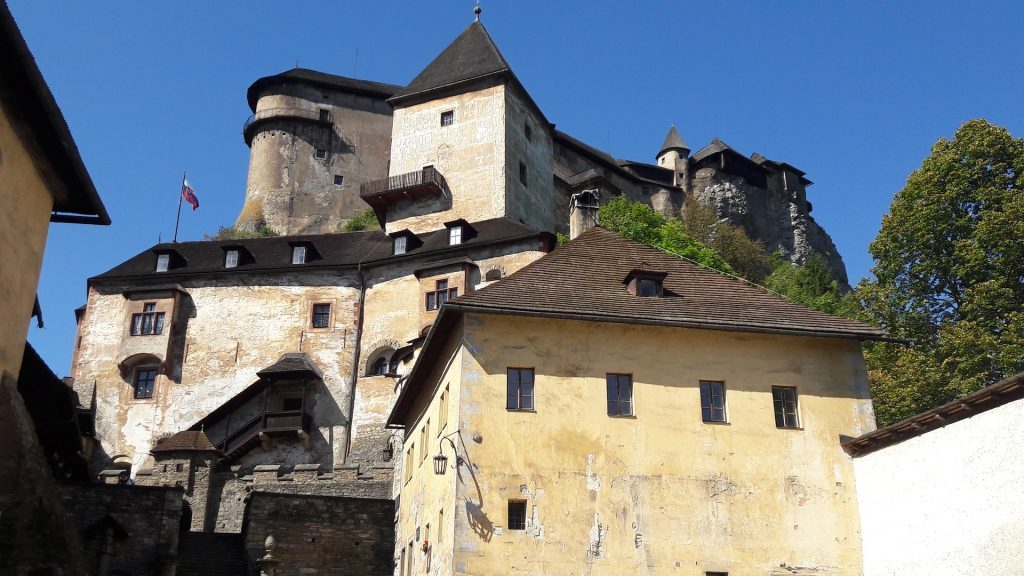
Today the castle represents a remarkable compound of lower and middle buildings, an upper castle with a palace, fortifications and towers. It can attract visitors through its three entrance gates connected by a tunnel under which there is a dungeon.
Orava Castle, a majestic dominant of the region, is one of the national cultural monuments.
It is considered one of the most beautiful castles in Slovakia and is located in the village Oravský Podzámok. It is open to the public from May to September.
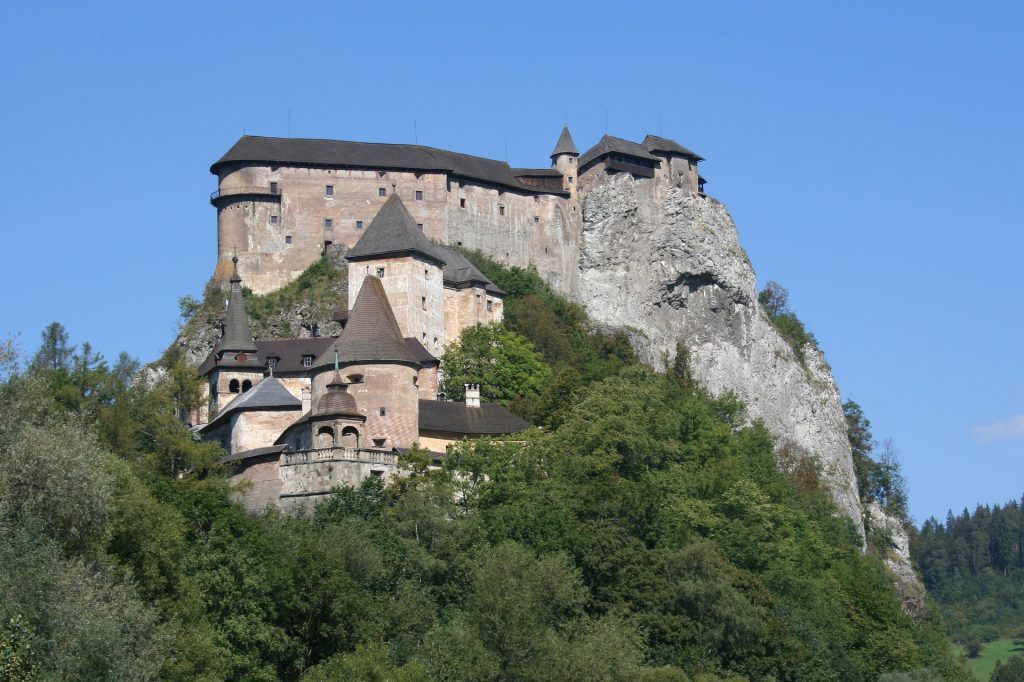
Orava Museum
The chateau itself houses the Orava Museum, which was founded with a number of exhibitions.
A tour of the castle will take you hundreds of years back. The castle buildings, furnished rooms, large courtyards, torture chamber and weapons collections are only part of one interesting historical exhibition.
A visit of the castle culminates in the highest and oldest part – the citadel. There is an archaeological exhibition documenting the history of the oldest settlement Orava.
Night Visits and Films
Night visits of the castle during the main tourist season are enriched with theatrical performances and scary events, which are becoming increasingly popular.
It is interesting that the first black and white version of the film Dracula from 1922 was also filmed at Orava Castle. There were also films like King Thrush Chin, Princess and Beggar, King of Falcons.
Museum of Orava village Zuberec
In Brestova, a few kilometers from Zuberec, we can find a unique museum of Orava village. Visitors can see all kinds of buildings – peasant houses, rooms, farms, sheds, haylofts, etc., sacral buildings (wooden church, cemetery and belfry) and craft buildings such as Wallachian mill and sawmill, kiln, etc.
The museum is divided into five sections per region. Marketplace of Dolná Orava is an example of a richer side with relatively large, spectacular houses. The mill near the stream includes a water mill, a saw mill and a wash mill which are powered by a common mechanism.
The passages in the Zamagurie region, with the houses and estates of rich and medium-rich farmers, represent the typical structure of Orava.
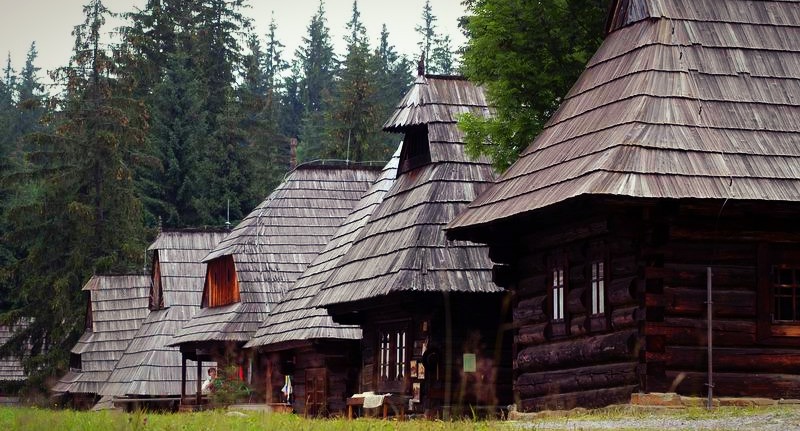
Goral part
The Goral part represents the poorest parts of Orava lying on the south-eastern slopes of the Beskydy. The dominant of the whole area is a cemetery with a Gothic wooden church from the 15th century, which stands on an elevated place
This museum regularly organizes ethnological and international exhibitions, such as the Podroháčsky Folk Festival in the local amphitheater in August.
Roháče
Roháče are considered the most beautiful part of the Western Tatras. The Roháčska Valley is lined with beautiful peaks, dominated by the exposed Banikov, Ostrý Roháč and Plačlivo.
Orava and Rohace provide visitors with ideal conditions for hiking, in this area it is possible to take walks in the valleys, but also difficult ridge hikes, skiing, dog sleds or other kinds of sports.
Roháče are part of the protected Tatra National Park. The footpath leading around Roháčske plies and Roháčské waterfall is a popular route in Roháče.
Zuberec – Roháčsky waterfall
Roháčsky waterfall is the largest waterfall in the area of Roháče in the Western Tatras and reaches a height of more than 20 meters. On the route of the nature trail leading to the Roháčske pleso, it is definitely worth stopping here. The terrain in this area is not demanding and is accessible to tourists all year round.
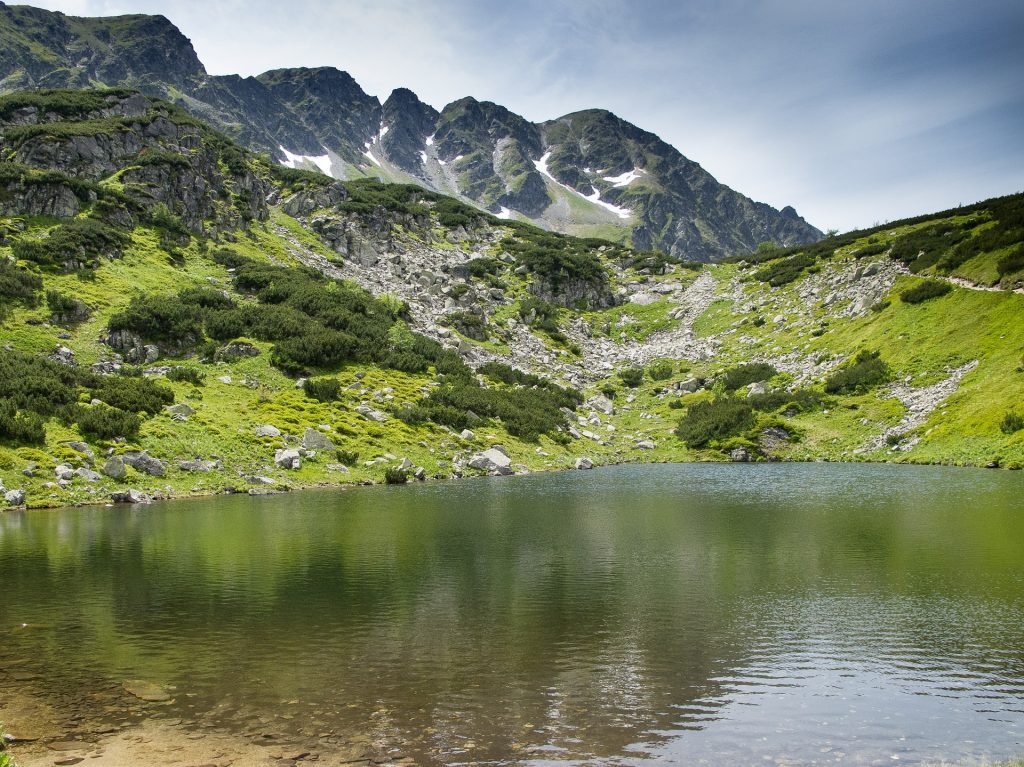
Wooden church in Leštiny
Orava also offers UNESCO World Heritage Sites. The wooden articular evangelical church in Leštiny has been preserved to this day in its intact condition and in the natural environment. It was built in 1688–1689.
A rare historical monument was included in the UNESCO World Cultural and Natural Heritage List in 2008.
The town of Tvrdošín, the district town of Horná Orava, is the recipient of the 1993 Europa Nostra Award for saving a wooden church from the second half of the 15th century.
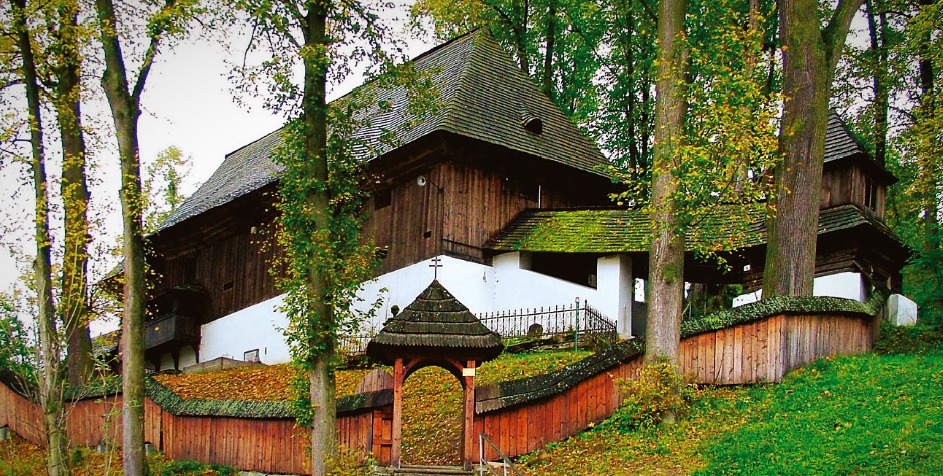
Orava Gallery in Dolny Kubin
The center of Dolna Orava is the district town of Dolny Kubin, which is known for its rich history, many monuments and aquapark.
The gallery was founded in 1965. It is located in the County House from the 17th century, which in the past served as the seat of the Orava County. Its collection includes over 7,000 works of art. There is a special exposition of painter Maria Medvecká.
Orava Forest Railway
The reconstructed narrow-gauge railway line in the length of 3.5 km leads between the stations Tanečník, which is located near the village of Oravská Lesná and the saddle of Beskydy.
The Tanečník station also houses a museum documenting the life of the forest railway and its history. It is a remnant of the Orava section of the former Kysucko-Orava Forest Railroad, which was used to weigh wood in 1918–1971.
The railway was reconstructed according to the project of the Orava Museum and was put into operation in r. 2008
The track is 3 km long and leads to Sedlo Beskydy, where there is a Goral log cabin. Above it is a lookout tower with a beautiful view of the panorama of the nature.
It is interesting that the train runs in winter, when the wagon is heated by a wood-burning oven and the passengers have a wonderful view of this region and its frozen nature.